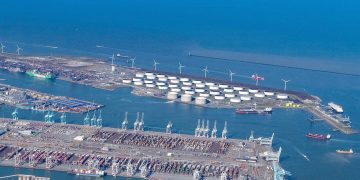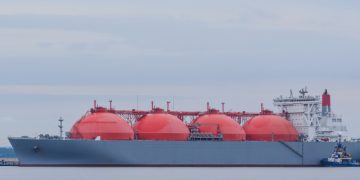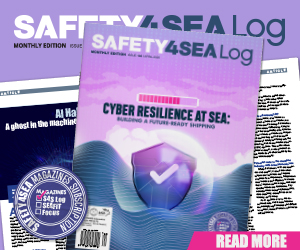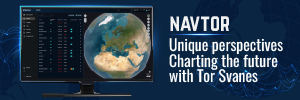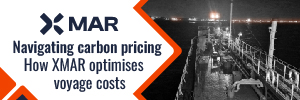BIMCO cargo alert
BIMCO Marine department has issued the followingcargo alert information about the classification and carriage requirements of the bulk cargo “Mill scale” under the International Maritime Solid Bulk Cargoes (IMSBC) Code.
What is Mill scale?
Mill scale is a by-product or rather a waste product from the industry of iron and steel making processes (aka steel milling industry), which contains a lot of iron oxide waste, coarse or fine brittle blakes ofbluish-black in colour. Though it is regarded as a waste product,mill scale is recycled as a ferrous feed for iron sinter plants, which are plants very much associated with the manufacture of iron and steel.Therefore, mill scale is reused as a raw material for the manufacture of iron and because of this, it is increasingly traded as a bulk cargo.
Sintering plants
The function of an iron sintering plant is to process fine-grained materials, e.g iron ore fines, iron concentrates or secondary iron oxide wastes like millscale or collected dust, into coarse-grained iron ore sinter for use in charging the blast furnace. The sintering process is a pre-treatment phase in the production of iron. Sintering plants are often found in integrated steel mills, where they would recycle iron ore fines from the raw material storage and handling operations and from waste iron oxides from steel plant operations. Iron ore may also be processed in on-site sinter plants.
Is Mill scale listed in the IMSBC Code?
Members should take note that “Millscale” is NOT a proper Bulk Cargo Shipping Name (BCSN) under the IMSBC Code. It is a cargo that is not listed in the IMSBC Code. Even though Mill scale is normally carried in a dry condition with moisture content below its TML, it is a cargo that could liquefy and hence should be treated as a a Group A cargo under the said Code, i.e. a cargo that may liquefy if shipped at a moisture content in excess of its transportable moisture limit (TML).
Characteristics of Mill scale
According to the latest issue of the London P&I Club’sStop Bulletin, Mill scale is increasingly traded as a bulk cargo these days. However in order to have mill scale fit for sea carriage, the stockpile is always typically accumulated from various resources, having different particle sizes due to the way the material has been previously handled, hence resulting in individual stockpiles not being homogeneous. This could indicate that no two consignments would share the same characteristics, even if they are coming from the same port or shipper. It is also a cargo that tends to drain water easily, accumulating at the bottom of a stockpile to form a “wet base”.
Testing and sampling of moisture content and TML
Because of all the above contributory factors mentioned;in particular, the variable nature of the cargo, it is vital that truly representative samples are obtained for moisture content and TML determination for each shipment. The TML shall be determined within six months to the date of loading of the cargo and taken again, if for any reason, the composition or characteristics have changed that demands another TML to be taken as in accordance with the IMSBC Code requirements.
Carriage requirements of Mill scale under the IMSBC Code
As this is a cargo that is not listed in the IMSBC Code, shipment of such cargoes can only take place under section 1.3 of the said Code meaning that approval would have to be sought by the competent authority of the ports of loading and discharge as well as the vessel’s flag State (essentially a tripartite agreement).
IMO MSC.1/circ. 1441
In an effort to ensure that Group A cargoes are carried safely, the International Maritime Organization (IMO) has issued an IMO circular, MSC.1/circ. 1441, bringing forward the amendments to be incorporated into the next IMSBC Code (02-13), amongst which are procedures to be established by shipper for sampling, testing and controlling moisture content of the cargo and such procedures to be approved and checked by the competent authority at the port of loading and the authority’s subsequent issue of a document on the same to be given to the master. The IMO is encouraging all interested parties to act now in the said circular, notwithstanding that these amendments would only come into force 1 January 2015.
The IMO circular is available here.
Source: BIMCO


















